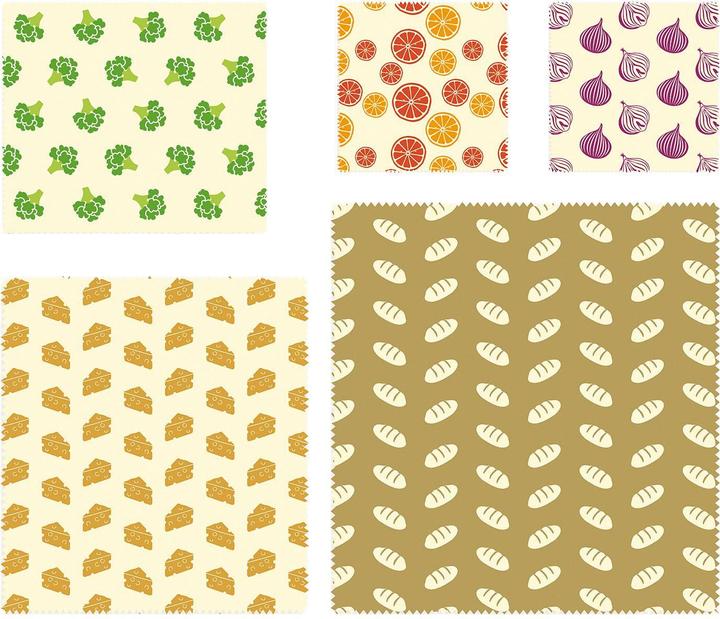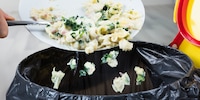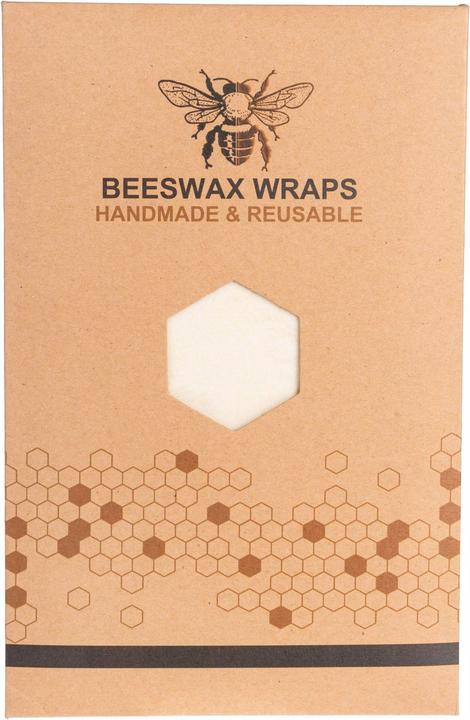

Eco-friendly food preservation
Containers and plastic film are completely outdated and harmful to the environment. On the other hand, beeswax-coated fabrics and lidded jars, which are very much in vogue, are non-polluting solutions for preserving food.
Do you want to do something for the environment, but have a pile of plastic boxes? Do you need plastic film much more often than you'd like? Are you worried that conservation methods other than your own won't do the job as well? Don't worry, there are solutions that are as sensible as they are sustainable. With a few tips and the right products, you'll be helping to preserve the environment.
Fabrics coated with beeswax
Beeswax fabrics are making a comeback in our kitchens. More expensive than plastic film and not yet available everywhere, they have the advantage of being environmentally friendly and reusable. Made from cloth and coated with beeswax, they are also antibacterial. The wax guarantees the freshness and shelf life of the food - sandwiches, fruit, bread, cheese - which can be transported directly in the cloth. Depending on the size, bowls or whole containers can be covered for storage in the fridge.
These beeswax fabrics are not suitable for preserving raw fish and meat, as it is impossible to wash them at a high enough temperature to eliminate bacteria. However, these, for all other foods, are reusable: rinse them under cold water, possibly with a little washing-up liquid if necessary. Then simply air-dry them before using again. Before using them for the first time, I recommend that you fold and unfold the cloth two or three times, as the heat from your hands will soften the material and make it easier to wrap the food. If you use them every day, they should be changed every three to four months. Depending on the food being stored, the fabric can wear out more quickly, as can be seen from the lack of wax coating in places, the brittle side and the stains that remain even after rinsing. Citrus fruits, for example, attack beeswax with their acid. At their best, beeswax fabrics can last up to six months.

Also, you can very well make this eco-friendly beeswax film yourself. To do this, you'll need a brush, greaseproof paper, a cotton or linen cloth, beeswax tablets and, possibly, coconut or jojoba oil. First, cut the cloth and place it on a baking tray covered with baking parchment. If you wish, rub the fabric with a little coconut or jojoba oil to soften it. Then spread the beeswax evenly over the fabric. For a medium-sized fabric, you'll need around 15g. Place the fabric in the oven on a fan setting and it will take around five minutes for the wax to melt so that you can spread it with the brush. Finally, hang it up to dry. And there you have it, homemade beeswax fabric.
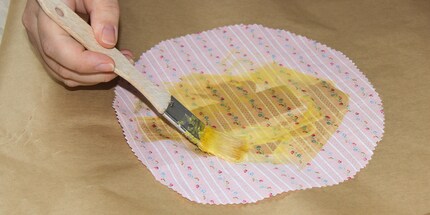
Cloth bags
To preserve the flavour, freshness and crispness of your bread, you have two options: either eat it straight after you've bought or made it yourself, or place it in a cloth, linen or cotton bag, which is ideal. If you don't have one, opt for a clean linge. Fresh herbs can also be preserved in this way. But unlike bread, you'll need to dampen the cloth before wrapping the herbs and placing them in the fridge. This keeps salads, spinach, asparagus and chard fresher for longer.
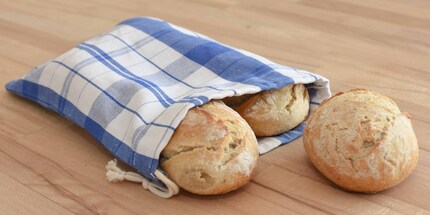
Freezing without plastic
When it comes to freezing, the first thing that springs to mind are plastic boxes or bags, available everywhere and very cheap. But you should know that there are more eco-friendly solutions. Bread, mentioned above, can be frozen without any problem in a cotton or linen bag. As for fruit and vegetables, opt for beeswax cloth. After defrosting, wash the cloth in cold water before using it again, whether for food to be kept in the freezer, fridge or in a dry place.
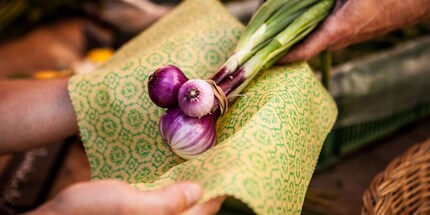
Similarly, liquids can be frozen without plastic, thanks to lidded jars. However, there are a few points to bear in mind. Unlike preserving jars, it's often easier to put liquids in plastic bags, which easily fill in the gaps. But glass is environmentally friendly. However, make sure you fill them no more than three-quarters full, as the liquid expands when it freezes. Also, place them upright, so that the contents are evenly distributed and there's no risk of leakage from a poorly sealed lid. Once out of the freezer, do not heat the food directly in its jar, as this could shatter the glass. Better to place the jar in the fridge or leave it out in the open.
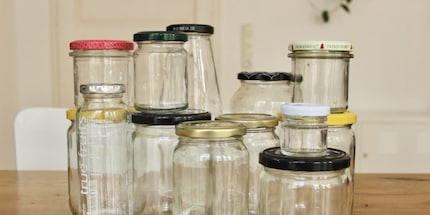
A second chance for jars
Jars can be used not only to freeze liquid foods, but also to store other bulk foods, cooked or uncooked. For this, there's no need to buy new ones. For example, the jars for gherkins and onions that you ate with your raclette will do the job perfectly. Once empty, they're dishwasher safe. The same goes for milk in glass bottles. Whatever the food - flour, salt, sugar, rice and spices - glass jars and bottles are ideal. And by punching holes in the lid, you can then sprinkle your culinary preparations.
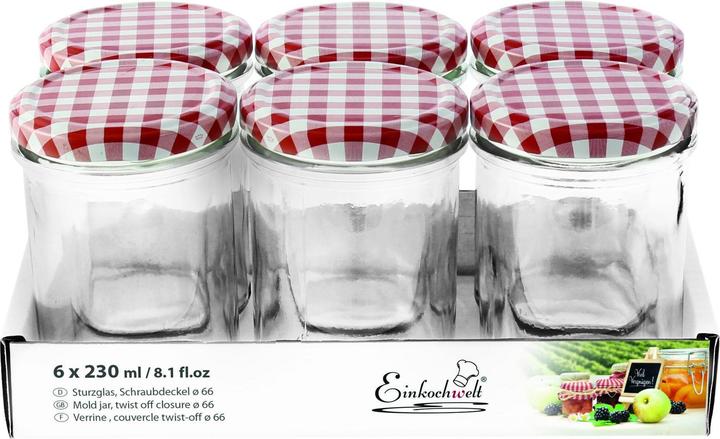
Einkochwelt Preserve jars
6 pcs., 0.23 l


Do you know of any other solutions that guarantee the freshness of your food and are environmentally friendly? Then head over to the comments section! To receive other tips adapted to food preservation, follow me by clicking on the "Follow the author" button!
When I'm not stuffing my face with sweets, you'll catch me running around in the gym hall. I’m a passionate floorball player and coach. On rainy days, I tinker with my homebuilt PCs, robots or other gadgets. Music is always my trusted companion. I also enjoy tackling hilly terrain on my road bike and criss-crossing the country on my cross-country skis.
Practical solutions for everyday problems with technology, household hacks and much more.
Show all
